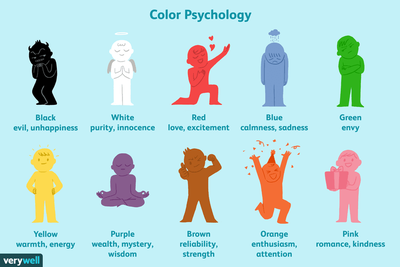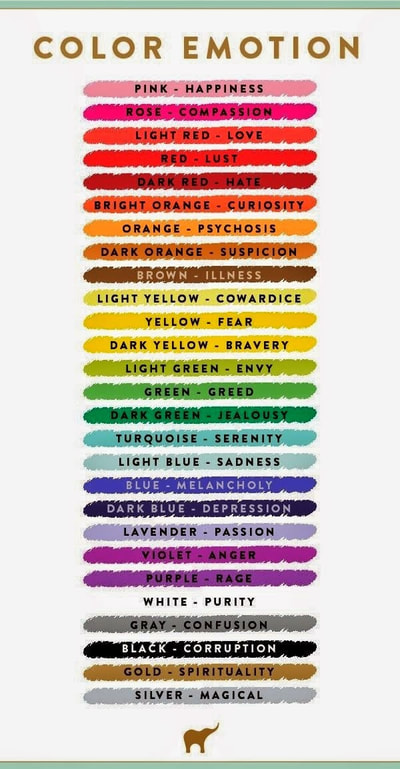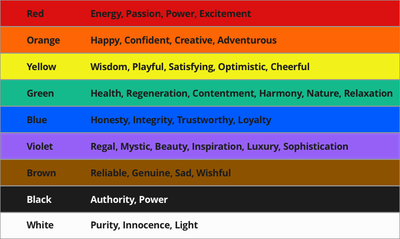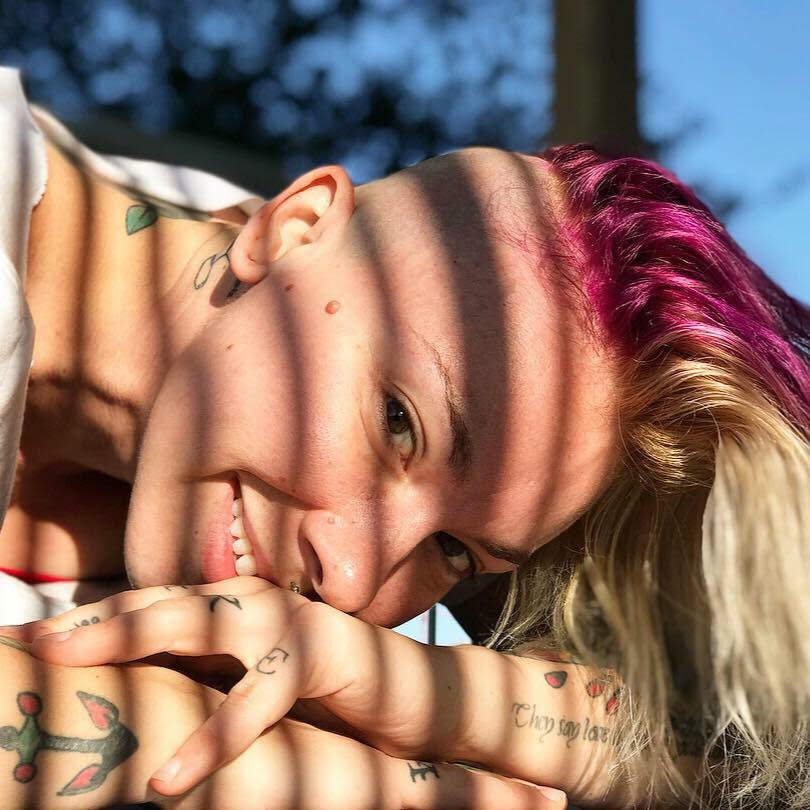|
What's your favorite color? Why is it your favorite color? What color is your car? Why did you want that color? There could be more of a reason than "I don't know, I just do," or "it's pretty." Colors, much like music, affect our mood! Kinda cool right? Right, But Why? Color is a pretty powerful tool. Often times we can use it to manipulate mood, soothe our stress, help us study for an exam, liven a charades party in the living room, or even spark sudden hunger. Color therapy was once a thing of ancient times, dating all the way back to the Egyptians who studied it and used it for curing an array of ailments. (1) In more modern times, while still a topic of study and of science, the thought of color and its influence on mood or any other aspect of oneself has somewhat fallen into the realm of hokey gimmicks. The most notable is the mood ring, the result of binding thermochromic liquid crystals to quartz stones. The mood ring changes colors based upon the temperature and blood pressure of the wearer and has been around since 1975. (2) This, combined with the pop psychology of the basic mood/color correspondance used to teach children how best to describe their developing emotions has many ignoring the very legitimate effect color has on them. Consider the color palettes for the clothes or home decor you chose from depending on the season. Throughout the year, as the light dims and the temperature drops, you may find that the colors people adorn themselves with migrate through the spectrum. In the spring, you may notice a lot of bright pastels and popping sharp colors, often desribed as "loud." Why? Becuase it mirrors the vibrancy of spring, the re-birth of the plant and animal life-cycle and the increace in visial vibrancy of the world around us as we begin to receive more light. (3) Summer may not necessarily bring much of a visual change, but come autumn and winter, you may notice deeper anad richer colors as well as the use of more patterns. You'll see these same changes again exhibited in home decor, or at least, in advertisments for home decor. (4) Those are some outward expression of how color influences and is influenced by mood and other external environmental factors. But this post is focused on mood, so, what has science to say of the matter? Well, Here is Some Research: If you want proof that something works, perhaps look to see what folks in marketing do. We all know the adage "sex sells," but so too does color it seems. Red for instance, is known to be a color associated with excitement and aggression and which draws attention. Hence, branding with red is known to induce or at least heighten a desire to consume; to buy, in other words. Whereas subdued colors such as black and silver are seen as more "elite" and therefore might be better suited to an informed decision on a luxury item. (5) Meanwhile, one study sought to directly assess the relationship between color and psychological function. (6) Several interesting points worth summarizing include - - certain shades of green seem to stimulate appetite in a majority of subjects. - red was largely seen as an "alert" color, which made subjects more cautious, focused, and determined when given a task. - beige and grey were seen as emotionally neutral colors, evoking little or no emotional change or response. - blue, colloquially known as the "color of communication," was largely seen as calming or otherwise soothing. It was only in subjects already displaying a lower sense of joy or emotional drive that blue was seen as somehow "sad." - likewise, yellow was commonly seen as a joyous color. Another study, focusing on college students, found that yellow is "thought of as joyful, outgoing, open, and friendly." (7) This is not necessarily surprising as yellow, which mimics the color of sunlight, produces a kind of placebo effect wherein one may feel a boost in mood owing to a percieved increase in vitamin D. As stated in the article, "yellow ribbons have been used as a sign of hope and optimism since the nineteenth century." Ok, So What Does This All Mean? It means that you can make an informed decision on how you choose to adorn your environment. It means achieving a mode of peace and harmony within and around yourself by using color to help influnece your mood in a positive manner. It also means that you can help others, whether by dressing in colors you know they may like or offering them a space in which the colors may bring them calm or invigoration. You can seek additonal knowledge to further you understanding of this and other topics, and thus, live wholly. Written & Edited by our fantastic editor: Mr. Victor Z. Glenn
Research Conducted by Miss Kaie & Victor Z Glenn Photos: Miss Kaie & EG Prophoto
0 Comments
Leave a Reply. |
Note from the Team.The blog about everything from mindful eating to healthy fat loss, drugs, natural supplementation and more! Archives
November 2021
Categories
All
|
HoursSession Hours
Sun-Fri 5AM- 1PM Coaching Contact Hours All days 5am-5pm Closed for sessions Tuesday & Saturday |
Telephone737-781-3349
|
|





 RSS Feed
RSS Feed